20 Vintage Department Store Chains That No Longer Exist

Step back into a time when shopping was an experience, not just a transaction—when grand department stores weren’t just places to buy things, but destinations brimming with excitement, elegance, and a touch of magic.
The golden era of retail in America was defined by these iconic department store chains, where families gathered for holiday window displays, kids marveled at toy departments that felt like wonderlands, and fashion lovers eagerly awaited seasonal runway shows.
From the five-and-dime counters that made every nickel feel like a treasure to the grand, multi-story palaces where customer service reigned supreme, these stores shaped communities and left a lasting mark on retail history.
Whether you remember the thrill of riding an old-fashioned escalator, the smell of roasted nuts wafting through the air, or the joy of receiving a beautifully wrapped purchase, these department stores were more than just shops—they were a way of life.
Join us as we take a nostalgic stroll through 20 vintage department store chains that once defined the American shopping experience.
1. Woolworth’s (1879-1997)
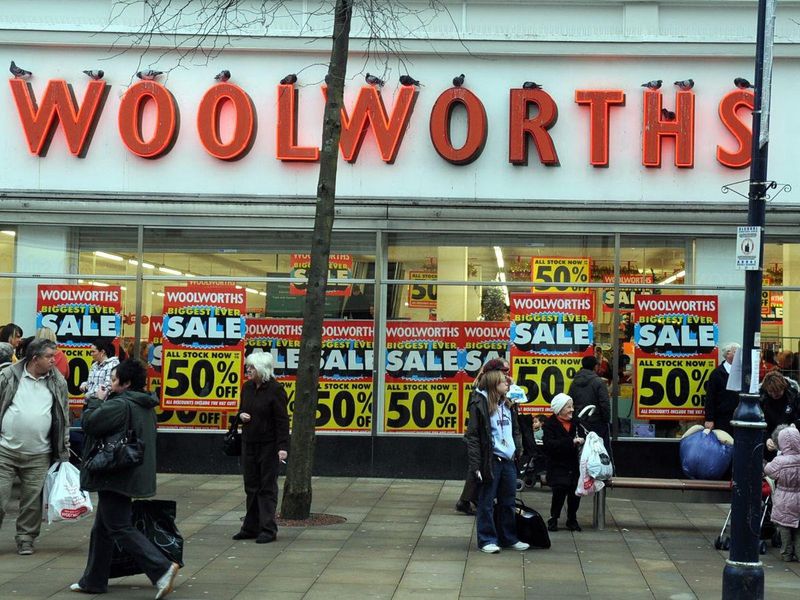
Woolworth’s was the original five-and-dime store, where you could snag toys, candy, and school supplies, all while munching on a grilled cheese at the lunch counter.
Picture a vibrant scene where the aroma of hot sandwiches mingled with the scent of new toys. It was like a mini carnival without the roller coasters! Woolworth’s wasn’t just a store; it was an experience that drew communities together.
As much as we loved the bargains, it was the friendly chatter and the smell of fresh popcorn that kept us coming back for more.
2. Montgomery Ward (1872-2001)
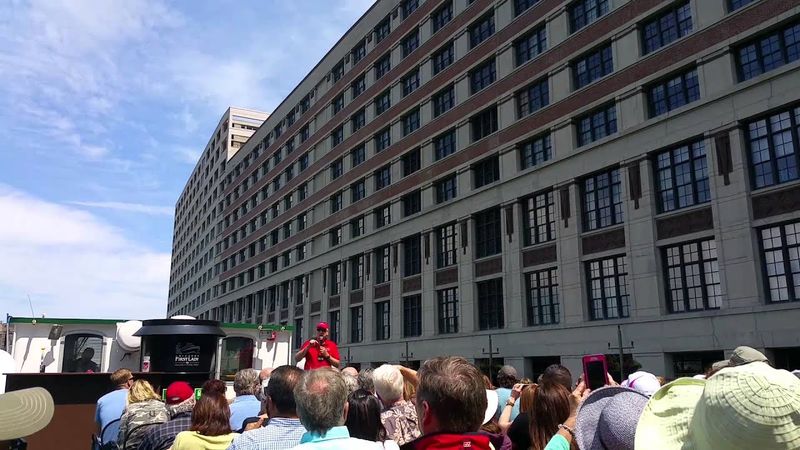
Before Amazon became the one-stop shop, Montgomery Ward was the beacon for everything under the sun, thanks to its colossal catalogs.
These hefty tomes were packed with goodies, from appliances to clothes, delivering shopping delight right to your door. Imagine leafing through pages filled with possibilities, a world of retail wonders at your fingertips.
The excitement of catalog day was as thrilling as finding a forgotten dollar in your coat pocket. Montgomery Ward was more than convenience; it was the anticipation of what each page would reveal next.
3. Gimbels (1887-1987)
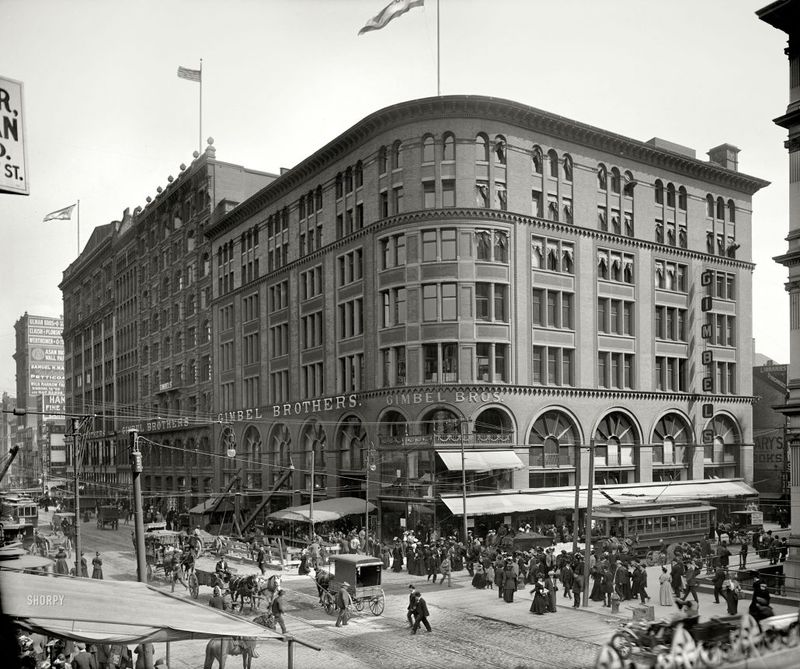
Gimbels was the retail rival of Macy’s, famous for its Thanksgiving Day Parade—before we all knew it as Macy’s parade.
Imagine the streets lined with helium-filled wonders floating by, as wide-eyed children and adults relished the holiday magic. Featured in Miracle on 34th Street, Gimbels was the stuff of movie legend and childhood dreams.
It wasn’t just a store; it was a piece of New York’s cultural quilt, weaving together holiday traditions and shopping sprees into a grand tapestry of American life.
4. Kresge’s (1899-1987, became Kmart)

Kresge’s was another five-and-dime legend, where every penny felt like a treasure trove. It eventually evolved into Kmart but not before leaving an indelible mark on thrifty shoppers nationwide.
Picture this: aisles brimming with everything from clothes to knick-knacks, each corner promising new discoveries. Kresge’s was the kind of place where you could lose yourself for hours and leave with a bag full of surprises without breaking the bank.
Its transformation into Kmart was like a retail Cinderella story—if Cinderella had a blue light special.
5. Zayre (1956-1990)
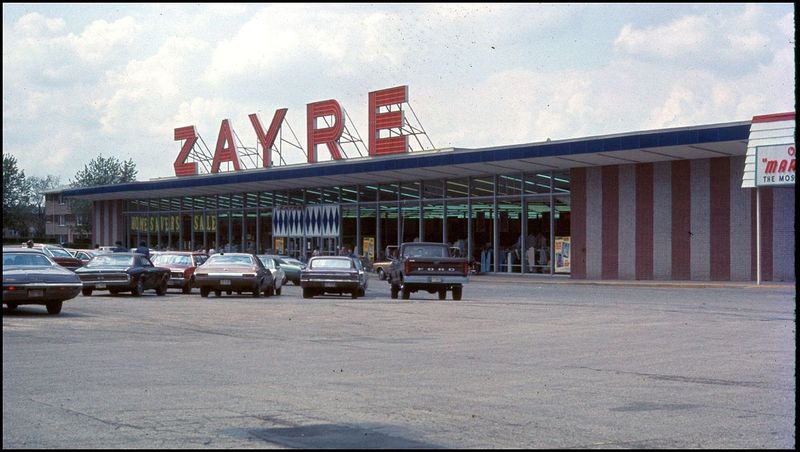
Zayre was the discount cousin of Macy’s, offering affordable fashion and home goods without the high price tag.
Walking into Zayre felt like hitting the jackpot—sales signs as far as the eye could see, each promising a deal too good to pass up. It was the kind of store where you could update your wardrobe and redecorate your home without emptying your wallet.
Eventually, Zayre transformed into TJ Maxx, but the thrill of those bargain hunts lingered in the hearts of its loyal shoppers, a testament to its legacy.
6. Ames (1958-2002)
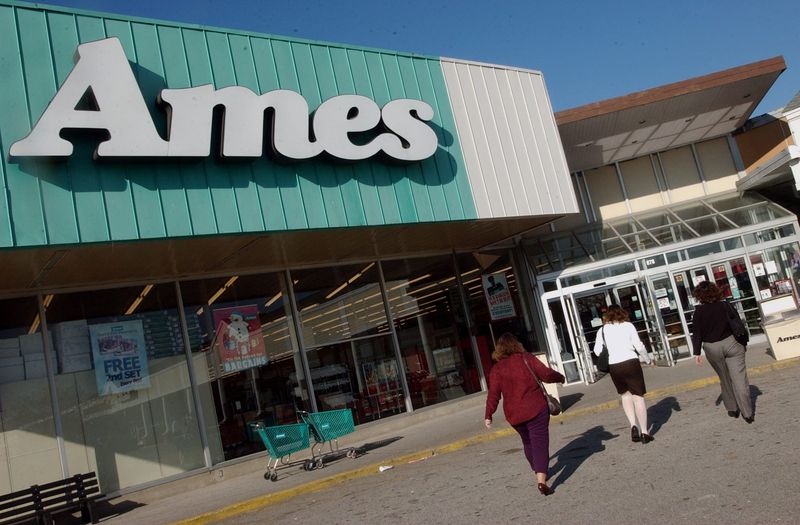
Ames was the discount chain that stepped up when smaller department stores closed their doors.
It was a refuge for families seeking affordable solutions across the board. Wandering its aisles was like embarking on a treasure hunt; you never knew which item would be the best deal of the day. Ames was the store that had it all before Walmart and Target took over.
People appreciated Ames not just for its prices, but for the feeling of finding something special, a hidden gem amidst the fluorescent lighting and steel shelves.
7. Mervyn’s (1949-2009)

Mervyn’s was the go-to spot for back-to-school shopping, home décor, and crazy clearance sales. It was the kind of store where finding a bargain was as fun as a schoolyard game of tag—minus the running.
Mervyn’s had a knack for making shopping exciting, with markdowns that felt like winning the lottery. Each trip held the promise of unbeatable finds, whether it was a new outfit for the first day of school or the perfect accent piece for your living room.
Shoppers loved the thrill of the hunt, and Mervyn’s never disappointed.
8. Hess’s (1897-1994)

Hess’s was all about luxury and glamour, a Pennsylvania-based paradise for fashion aficionados and lovers of grand department store experiences.
Picture the elegance of fashion shows, the glitz and glamour that made each visit feel like a special occasion. Hess’s was more than just a store—it was an event, a place where you could indulge in retail therapy while soaking in the chic atmosphere.
It set the stage for opulent shopping, turning every browsing session into a runway-worthy experience, capturing the essence of high fashion and timeless charm.
9. Jordan Marsh (1841-1996, merged with Macy’s)
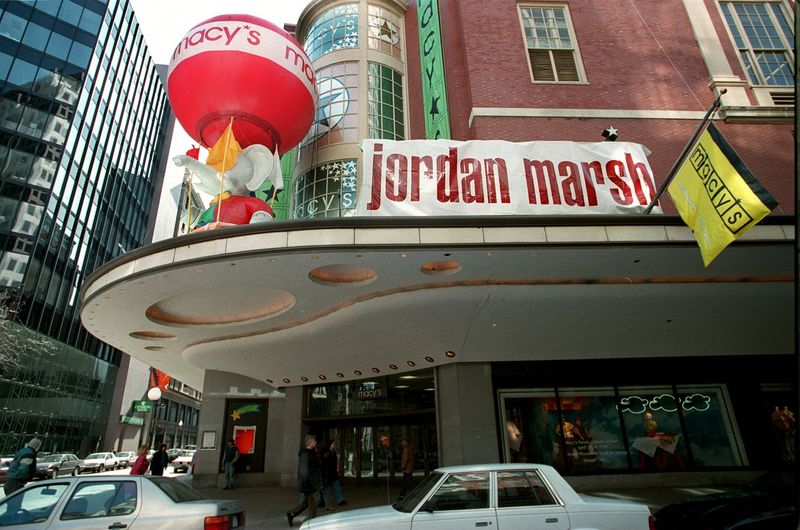
Jordan Marsh was a Boston icon, famous not only for its merchandise but also for those irresistible blueberry muffins from its in-store bakery.
It was a place where shopping felt like a cozy embrace, where the scent of fresh pastries mixed with the allure of elegant displays. The store’s charm extended beyond its offerings; it was a gathering spot, a place where memories were made over coffee and conversation.
Jordan Marsh wasn’t just a shopping destination; it was a beloved community fixture, a slice of Bostonian life wrapped in retail warmth.
10. Marshall Field’s (1852-2006, became Macy’s)
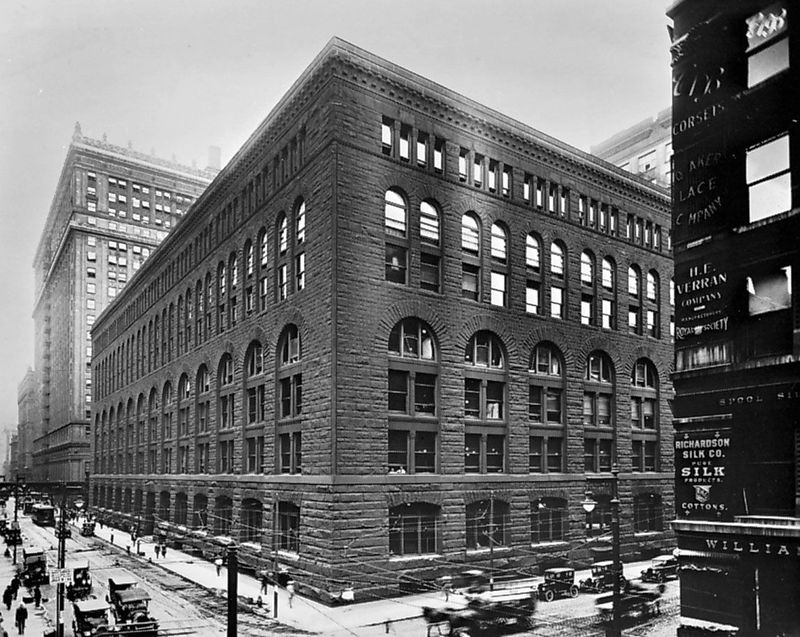
Marshall Field’s was Chicago’s retail crown jewel, a legendary store renowned for its holiday window displays and Frango Mints.
Imagine strolling down State Street, captivated by windows filled with imaginative scenes, each telling a story more enchanting than the last. Inside, the grandeur continued—a shopping experience that felt almost regal. Marshall Field’s wasn’t just about the products; it was about the atmosphere, the tradition of browsing through history.
It was a place where the holiday spirit came alive, drawing visitors into its festive embrace with the promise of magic and minty confections.
11. Rich’s (1867-2005, became Macy’s)
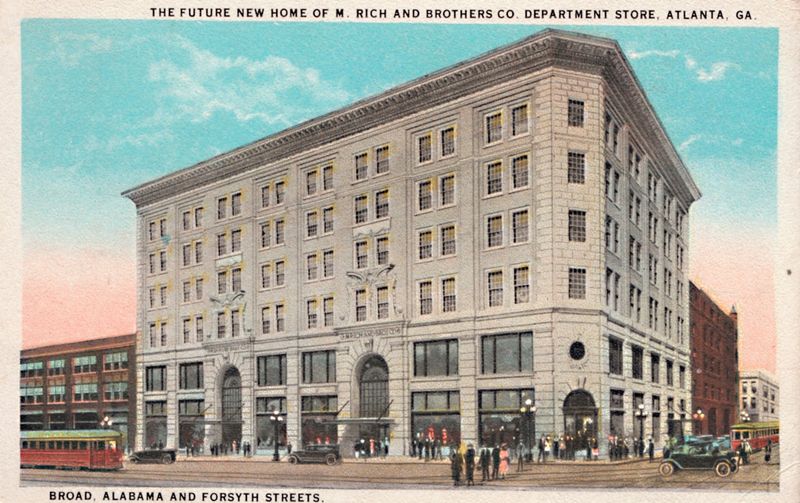
Rich’s was Atlanta’s retail darling, synonymous with Southern hospitality and top-tier service.
This iconic store was known for The Pink Pig ride at Christmas—a whimsical tradition that delighted children and adults alike. Picture a store where holiday cheer was as abundant as sweet tea, and customer service was second to none.
Rich’s was more than shopping; it was a Southern experience, a place where you felt like part of the family. Its legacy lives on in the memories of those who cherished its warm atmosphere and festive celebrations.
12. Bonwit Teller (1895-1990)
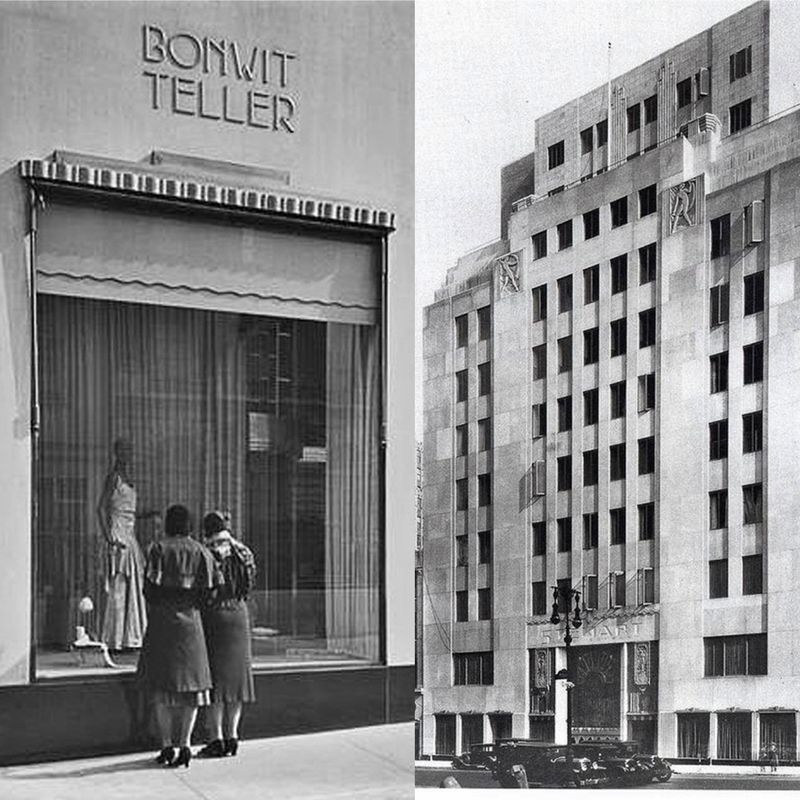
Bonwit Teller was the epitome of high-end fashion, a playground for discerning shoppers with a flair for designer labels.
Its chic displays were a feast for the eyes, transforming window shopping into an art form. Each visit was a step into a world of elegance, where fashionistas found the latest trends and timeless classics.
The store was demolished to make way for Trump Tower, but its influence on style and luxury shopping remains. Bonwit Teller was more than a store; it was a fashion statement, a place where style was always in season.
13. Abraham & Straus (A&S) (1865-1995, became Macy’s)
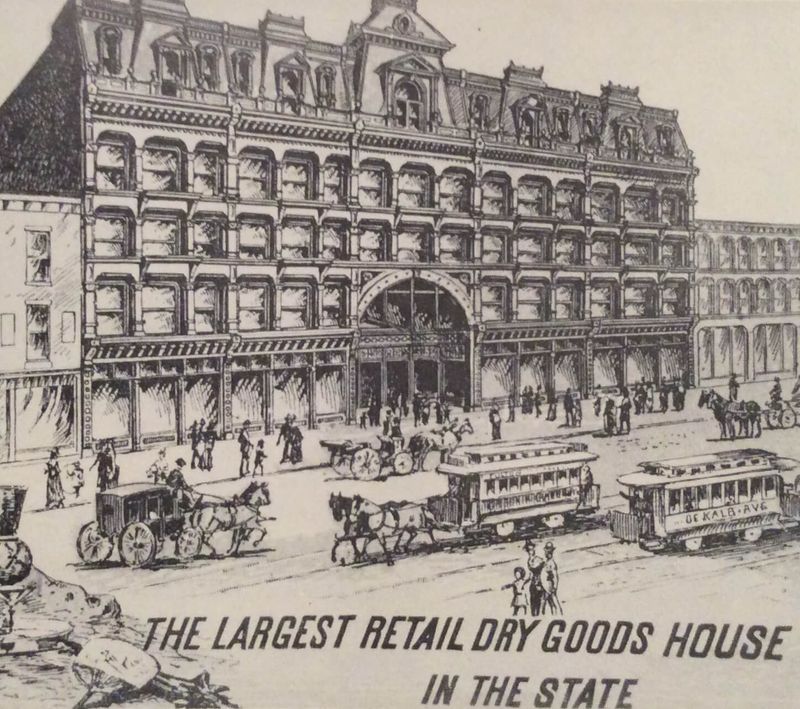
Abraham & Straus, lovingly known as A&S, was a Brooklyn staple, a beloved department store that became a generational tradition.
It was the go-to for everything from clothes to home goods, a place where every shopping trip felt like a mini adventure. Navigating its floors was like exploring a retail wonderland, each corner promising something new and exciting.
For many New Yorkers, A&S was synonymous with quality and variety, a cornerstone of the Brooklyn shopping scene that left behind a legacy of satisfied customers and cherished memories.
14. Wanamaker’s (1861-1995, became Macy’s)

Wanamaker’s was Philadelphia’s retail pride, famous for its grand pipe organ that filled the store with melodious tunes.
Shopping at Wanamaker’s was a multisensory experience, where the sound of music mingled with the rustle of shopping bags. The store was an architectural marvel, a place where browsing felt like stepping into a cathedral of commerce.
Wanamaker’s wasn’t just about products; it was about the ambiance, the tradition of combining retail with music. Its legacy continues in the hearts of Philadelphians, a testament to its blend of culture and commerce.
15. Filene’s (1881-2006, became Macy’s)

Filene’s, particularly its Basement, was the ultimate bargain hunter’s paradise.
Picture a bustling scene where eager shoppers sifted through racks of high-end clothes, each find a triumph of thriftiness. The Basement was legendary, offering deep discounts that turned shopping into a thrilling adventure. It was the kind of place where tales of finding designer treasures for a fraction of the price were born.
Filene’s wasn’t just a store; it was a rite of passage for those who lived for the thrill of a great deal, a beacon of frugality and fashion.
16. Weinstock’s (1874-1995, became Macy’s)
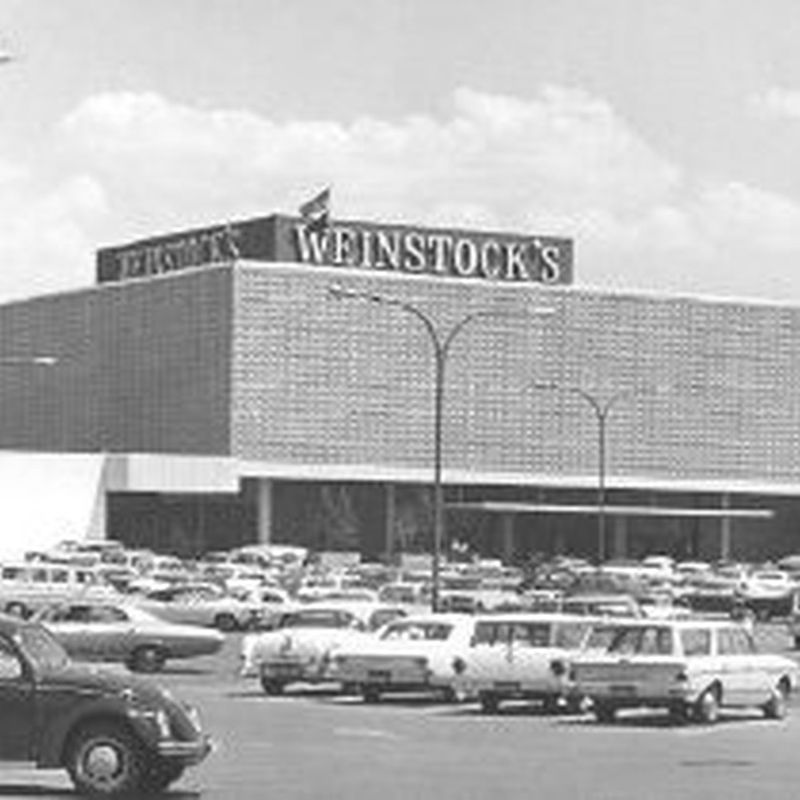
Weinstock’s was California’s go-to for upscale shopping, a store renowned for its quality clothing and elegant in-store experiences.
Every visit felt like a touch of class, where browsing was a leisurely affair amidst stylish surroundings. Weinstock’s was more than just a shopping destination; it was a lifestyle, a place where you could indulge in the finer things without pretense. Shoppers appreciated the store’s attention to detail, its commitment to making every customer feel valued.
Weinstock’s was a testament to the art of retail done right, a cherished memory for many Californians.
17. The Broadway (1896-1996, became Macy’s)

The Broadway was a West Coast giant, a department store that captured the pulse of trendy fashion and great sales.
Its aisles were filled with the latest styles, making it a magnet for those with an eye for fashion. Shopping at The Broadway was like embarking on a style journey, each visit a chance to discover the next big thing.
The store was more than just a retail space; it was a trendsetter, a place where fashion-forward individuals found their sartorial match. The Broadway’s legacy lives on in the memories of those who cherished its flair for fashion.
18. Robinson’s-May (1986-2006, merged into Macy’s)
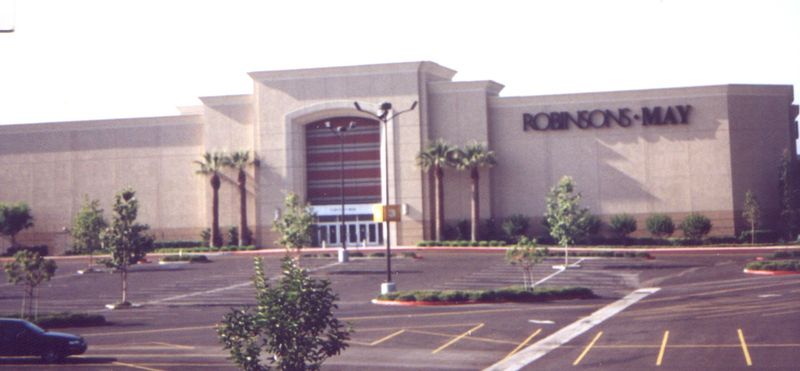
Robinson’s-May was a West Coast staple, known for its elegant shopping experience and fancy gift-wrapping services.
Walking through its doors felt like entering a retail wonderland, where every detail was designed to delight. The store was a master of ambiance, turning shopping into a special occasion with its sophisticated touch.
Robinson’s-May wasn’t just about the products; it was about the experience, the feeling of being pampered while exploring endless aisles of possibilities. Its legacy of luxury and service continues to resonate with those who remember its iconic presence in malls across the coast.
19. Thalhimers (1842-1992, merged into Hecht’s, then Macy’s)

Thalhimers was the epitome of Southern charm, a Virginia-based department store famous for its exemplary customer service and enchanting Christmas displays.
Picture a store where every greeting was warm, every interaction personal, a standard of service that made shopping feel like visiting family. Thalhimers was more than a store; it was a community hub, especially during the holidays when its festive displays became a local attraction.
The store’s legacy lives on in the fond memories of those who appreciated its dedication to quality and community spirit, a true Southern gem in the retail world.
20. Parisian (1877-2013, became Belk)

Parisian was a Southern favorite, a department store known for combining high-end fashion with a hometown feel.
Each visit was a fashionable foray into style, where shoppers could find designer labels and local charm in equal measure. Parisian was beloved for its elegant displays and the sense of community it fostered, making every shopping trip a pleasure. It was a place where fashion met friendliness, a rare combination that endeared it to its patrons.
Parisian’s legacy continues in the hearts of Southern shoppers who remember it as a stylish sanctuary in the retail landscape.
